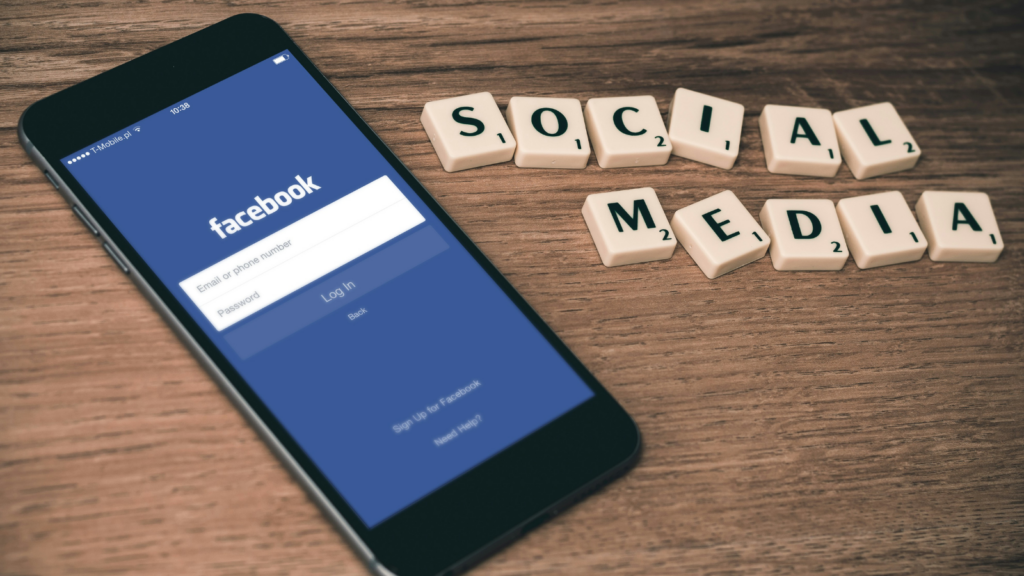In the ever-evolving digital landscape, social media bots have emerged as influential players. They’re tireless, they’re efficient, and they’re changing the way we interact online. But what exactly are these digital entities?
Social media bots, in essence, are software programs designed to mimic human behavior. They can like posts, share content, and even engage in conversations. However, their influence extends far beyond these simple tasks. This article delves into the intriguing world of social media bots, their roles, and their impact on our online experiences.
Social Media Bots
Social media bots earn their name due to their operations on various social platforms. As software programs, they simulate human behavior. They navigate through the digital world, imparting likes and shares, or engaging in dialogues. It’s a sight to see such technological creations influence our online experiences.
For instance, news, retail, or political bots share related content to shape public opinion. Take time to observe a bot in action, and you’ll notice its precise objectivity and incessant activity. That’s not humanly possible, hence proving the superhuman efficiency of these digital entities.
However, the auto-pilot nature of social media bots also raises questions about authenticity and trust in online communication. As with everything digital, moderation and responsible use remain key.

The Role of Social Media Bots
Social media bots hold significant roles in molding online discourse and user engagement. Rampantly, they engage in tasks such as content dissemination, engaging users with automated replies, and driving user trends. Contextually, in the news sector, they amplify certain stories, thus influencing public sentiment. Similarly in politics, stronger voices emerge as bots broadcast specific narratives. Additionally, they play a critical role in the commercial world, helping businesses extend their reach by promoting products, gathering customer insights, and even handling customer queries. However, amidst their functionality, ethical considerations around transparency and authenticity persist, demanding robust regulatory mechanisms.
How to Identify Social Media Bots
Recognizing social media bots poses a considerable challenge, given their complex algorithms and ability to mimic human behavior. Three distinct signs suggest their presence. First, take note of rapid content generation. Bots often publish posts at an unusually fast pace, beyond human capability. For instance, a Twitter account tweeting every few seconds for an extended period likely has bot involvement. Second, look at the account’s follower-to-following ratio. Bots often follow a significantly larger number of accounts compared to their followers. Third, most bots lack personal information. They frequently have vague bios, few personal photos, and generic usernames. Remember, validating these parameters decreases the likelihood of being deceived by these digital entities.

Solutions and Measures Against Misuse of Bots
Steps to mitigate misuse of bots include implementing stricter regulations for bot operators, deploying advanced algorithms to detect bot activities, and raising awareness among social media users. A prerequisite is the rigorous enforcement of policies making operators disclose bot identities, thus maintaining transparency. Equally crucial is the development of algorithms that accurately detect bots and their patterns, subsequently reducing their undue influence. Making users conscious of tell-tale signs like rapid content generation and inconsistent follower-to-following ratios, underpins another significant approach. Markedly, these tactics strive to ensure that social media remains a venue for authentic human interaction.
Last Take on Social Media Bots
Social media bots have undeniably etched their mark on various sectors, from news and retail to politics. They’ve become instrumental in shaping public sentiment and amplifying narratives. Yet, they’re not without their pitfalls. The lack of transparency and authenticity raises valid concerns. But it’s not all doom and gloom. There’s a silver lining in the form of advanced detection algorithms, stricter regulations, and increased user awareness. These measures can help curb bot misuse and ensure a more authentic social media experience. The future of social media lies in striking a balance between leveraging bot capabilities for business growth and preserving the authenticity of human interaction. The key lies in enforcing bot identity disclosure policies and educating users about bot behaviors. After all, the heart of social media is human connection, and it’s important to keep it that way.
